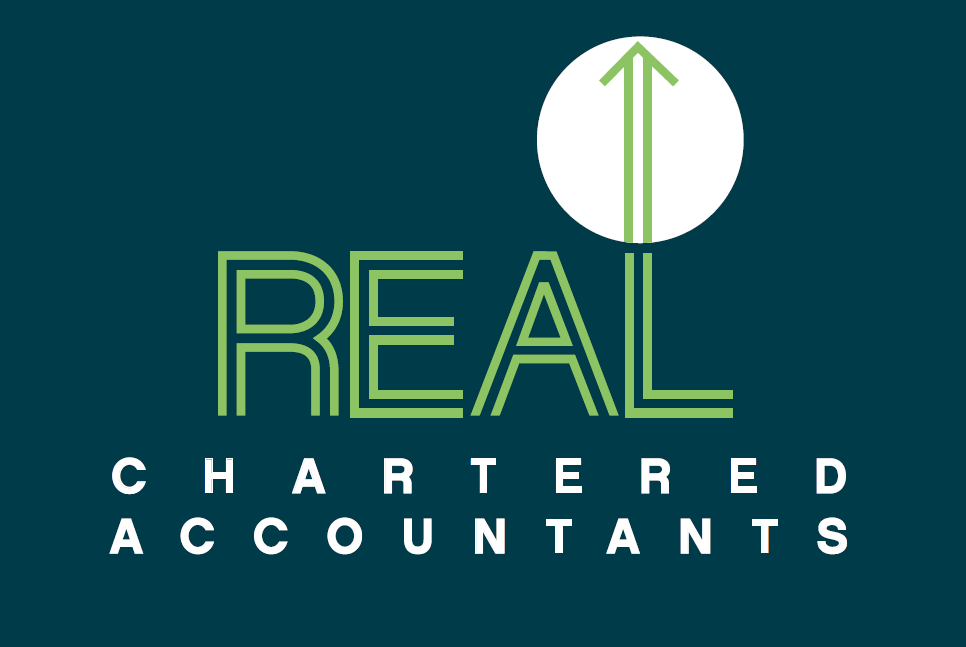NEWS
Tax Working Group - Final Recommendations

The Tax Working Group’s report was released on 21st Feb, making key recommendations with regards to the New Zealand tax system on Capital Gains tax, Environment taxes, Company tax, Personal Income tax, Retirement Savings and Digital Services tax.
We have provided a summary and copy of these recommendations for those who are interested which is available to view here...
• Capital gains tax: Extend the existing coverage of taxing capital gains. Eight of the 11 members of the TWG favoured a broad capital gains tax that would apply at full income tax rates, on realisation (sale or other disposal) of an asset and with no allowance for inflation. This is projected to raise $8.3 billion over five years, with revenue increasing over time. (The capital gains tax proposals are discussed in more detail below).
• Environment taxes: In the short term, expand the coverage and rate of the Waste Disposal Levy, strengthen the Emissions Trading Scheme (ETS) and advance the use of congestion charging. Strengthening the ETS would involve all emissions (including from agriculture) facing a price. Tax instruments that address water pollution and the extraction of water from rivers, streams and aquifers, are also discussed.
• Company tax: No plans to alter the company tax rate or move away from the imputation system.
• Personal income tax: Consider raising the bottom income tax threshold (currently $0 - $14,000) to $20,000 or $30,000, and potentially combining this with an increase in the second marginal tax rate (currently 17.5%) to 21%.
• Retirement savings: Encourage greater participation in Kiwisaver for low-income earners through various measures, including refunding the ESCT for KiwiSaver members earning less than $48,000, increasing the member tax credit from 0.50 to 0.75 per $1 of contribution and reducing the PIE rates for KiwiSaver funds,
• Digital services tax: Be ready to implement a digital services tax if a critical mass of other countries move in that direction and New Zealand’s export industries are not materially impacted.
Other possible areas earmarked for reform are changes to the loss continuity rules for start-ups, bringing back depreciation deductions on buildings if capital gains tax is extended, expanding deductions for ‘black-hole’ expenditure, and concessions for nationally significant infrastructure projects.
CAPITAL GAINS TAX PROPOSALS
The capital gains tax proposed by the TWG would apply when an asset is disposed of (or when there is a change of use that takes the asset in or out of the capital gains net).
Scope of the Capital Gains Tax
The proposed capital gains tax covers:
• shares
• land (including commercial property, farms, rental properties, family baches, land owned overseas by New Zealand residents - but excluding the family home)
• intangible property (eg goodwill, intellectual property, software and insurance policies)
• business assets.
The following assets are specifically excluded from the scope of the CGT:
• the family home (the “excluded home”) ,
• shares in foreign companies that are already subject to FDR or are taxed under the FIF or CFC rules; and
• personal–use assets (jewellery, fine art, personal insurance policies).
What is an excluded home?
An “excluded home” for the purposes of the CGT rules is defined as the place that a person owns, where they choose to make their home by reason of family or personal relations or for other domestic or personal reasons. The definition draws from that used in the s 72(3) of the Electoral Act 1993.
A person, or a family unit, can generally have only one excluded family home. There is no upper limit on the value of an excluded home. The so-called “mansion effect’, where people invest more capital in their main home where it can generate untaxed capital gains, is noted but not addressed in the report.
Home used for income-earning purposes
Where a person uses part of their home for income-earning purposes (eg has a home office, had flatmates or boarders, or uses part of the house for Airbnb income) two options are proposed by the TWG:
1. If less than 50% of the home is used for income-earning purposes, treat the entire property as the excluded family home (although no deductions will be available for correlated property-holding costs such as rates and interest, and income will still have to be returned);
2. Apportion the capital gain between income-earning use and personal use (with CGT applying to the income-earning portion).
In determining the use, both floor area and time spent on income-earning purposes will be taken into account.
Capital gains tax rate
Capital gains will be taxed at a person’s marginal tax rate.
Valuation Day
The rules for taxing more capital gains would apply to gains and losses that arise after the implementation date (“Valuation Day”). This approach requires taxpayers with existing assets to:
• determine the value of the asset as of Valuation Day and
• calculate the increase or decrease in value from Valuation Day when the asset is sold or disposed of.
The report recommends that Inland Revenue provide a number of valuation options, depending on the asset. For land, this could include Quotable Value (QV) valuations or ratings valuations, as well as other valuation methods outlined in the report. The TWG also recommends a “median rule” should apply to calculate the capital gain (or loss), the purpose of which is to smooth capital gains and prevent taxpayers from being subject to tax on artificial paper gains or losses.
How to calculate the CGT
The capital gains is taxable when the asset is sold or otherwise disposed of. Expenditure incurred in acquiring the asset will be deductible at the time of sale. Other capital expenditure (such as making improvements after acquisition) are also deductible at the time of sale. Holding costs (interest, rates, insurance, repairs and maintenance expenditure) are deductible in the year they are incurred.
Losses arising should be able to be offset against taxable income, but the TWG recognises that there is a revenue risk involved with this. Ring-fencing losses is therefore recommended as possible option to mitigate this risk.
Capital gains should be included in provisional tax calculations in the same way as other income.
Entities affected
All New Zealand resident individuals and entities would be caught by the GST rules, including companies, trusts, partnerships and look-through companies. (The qualifying company regime would have to be repealed, but transitional rules put in place to allow QCs to pass out all capital gains derived prior to the CGT rules being introduced).
Trusts distributions and trust settlements, being essentially gifts, could be caught by the new GST rules and liable to tax if specific carve-outs are not made for trusts.
Rollover Relief
The general rule is that the capital gains tax would be imposed when an asset is disposed of (or when there is a change of use that takes the asset in or out of the capital gains net). The TWG has recommended that rollover relief be included in the design of the CGT rules, essentially deferring the taxation of the capital gain until there is a later disposal. (For example, if land is transferred under a will, CGT would be deferred to such time as when the land is subsequently sold). The preferred view of the TWG is that:
• rollover relief should apply to all transfers of assets on death
• no rollover treatment should apply to gifting while the person is still alive, (other than for gifts to the person’s marriage, civil union or de facto partner)
• rollover relief should be provided for business restructures that result in a disposal of assets but no change in ownership in substance
• rollover relief should apply for involuntary events such as where an asset is destroyed by a natural disaster (or event outside the owner’s control) and insurance proceeds are received, or by compulsory acquisition of land by the Crown.
• a special rollover concession be available for small businesses that that sell business assets and reinvest the proceeds in replacement business assets
• a one-off concession be designed that extends lower tax rates to the first $500,000 of capital gains made by business owners selling a closely held active business once they reach retirement age
• specific measures to deal with Maori collectively-owned assets
• gifts to donee organisations (typically charities) should be ignored for tax purposes (ie, no tax payable on the capital gain, but no donation tax credit provided)
The report can viewed in full here
Disclaimer
This information is intended to provide general advice only. We recommend you discuss your specific situation with your Accountant.









